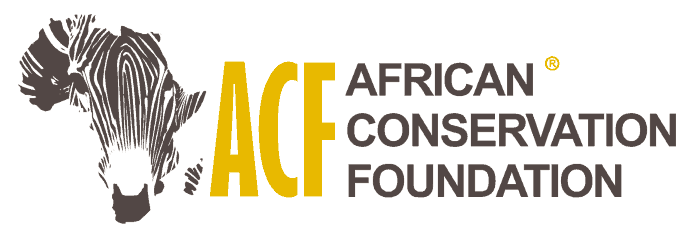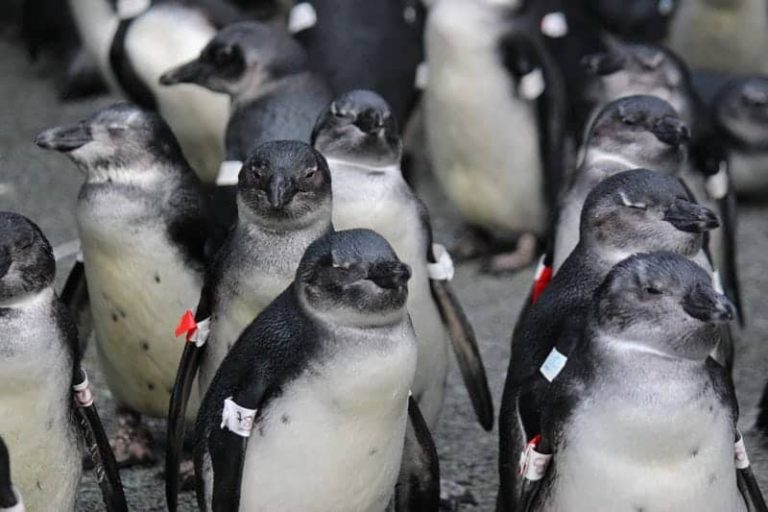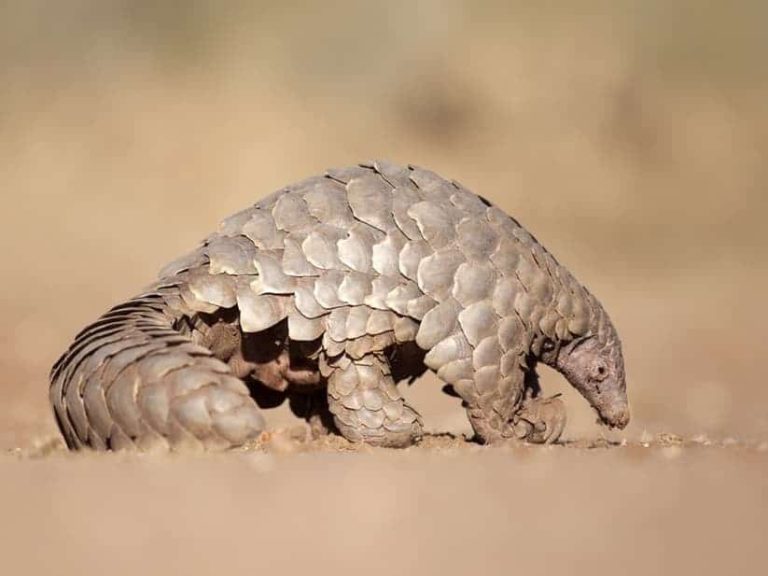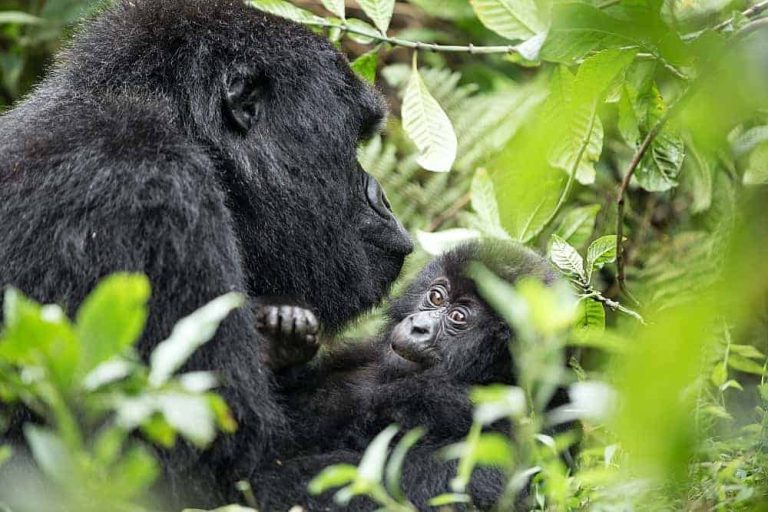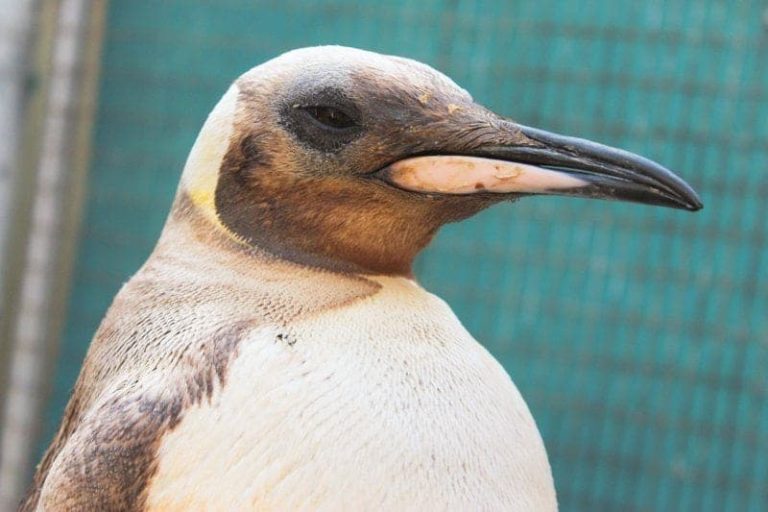Demise of Elephants and Honeyguide Foundation’s Conservation Efforts in Northern Tanzania

I’ll never forget the first time I saw an elephant in the wild. It was in Kruger National Park, north east of Johannesburg, in 2006. On a tour bus of 14, I was by far the loudest as we trundled round a corner, on sandy terrain and almost ran into it. A magnificent beast, its trunk was wrapped around the branch of a tree as it munched its way through the leaves. A breath-taking sight.
However, whilst I spent two days extremely happy that I had seen elephants – we had sporadic sightings of others, I was completely ignorant of the fact that what I should have been witnessing was much larger herds.
It was only after I moved to Africa in 2010 that I began to realise the enormity of destruction of wildlife habitats and the effect this was having on the fauna. In Mikumi National Park in Tanzania, I felt privileged to witness 9 elephants living in a herd; in Tarangire, where I thought I was even more privileged, herds of up to 100. Yet, had I come in the years before, I could have witnessed herds of up to 300.
The decimation of elephants in Tanzania is nothing new. Over the past seven years, several leading newspapers have reported their decline due to the ivory revenue they fetch.
Only last year, it was reported that 11,000 were being killed each year by poachers and in 2007 fears grew that by 2014 there was a strong possibility that elephants would become extinct in a country with no less than 16 national parks.
By June 2015 the elephant population had reduced from 109,000 to just 43,330. It is no great surprise that the government has faced heavy criticism for its failure to stop poachers stripping the country of an iconic animal. The government put into place a ‘shoot-to-kill’ policy last year, making national headlines for its sweeping arrests of suspected poachers. As Kikwete stepped down as president with the Tanzanian elections taking place on 25 October 2015, how far had this policy got?
The answer is, not very. It was suspended after 13 civilians were killed and reports of human rights abuse were made. These included the seizure of property, torture, murder and rape of apparently innocent people. Within weeks of the policy coming into fruition last year, the forced resignation of four Tanzanian ministers took place – including the resignation of the Minister of Natural Resources and Tourism.
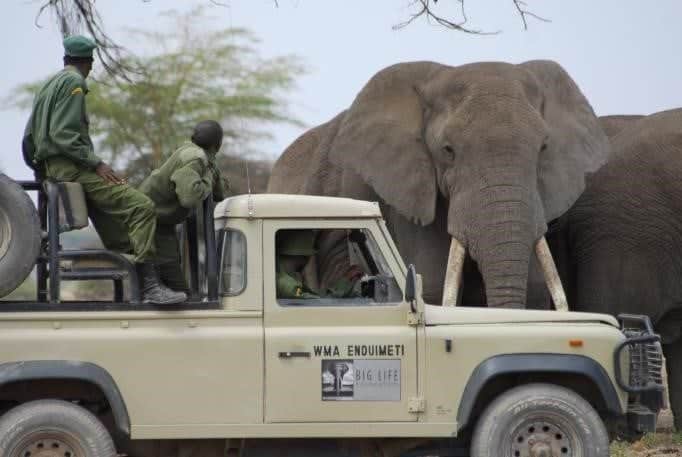
Ruaha National Park in the south west of the country suffered heavy losses of elephants. Now, it is Selous Reserve that has fallen victim to poachers and the mining of uranium by Russia and Canada, as reported in 2014.
In August 2015, a video released on Facebook by Pastor Donis Nkone shows supposed ivory products in a market in Dar es Salaam. Now making social media waves, the video condemns the production of ivory commodities amid claims they are sent to Taiwan and China. In the video, it claims elephants will be extinct in Tanzania within just 3 years from now.
Even our own Prince William, who recently made a plea to China to expand their efforts in the cessation of their ivory trade, admits his relatives have been guilty of owning ivory produce in the past.
He isn’t the only one speaking out as he has been joined by David Beckham and Yao Ming in speaking out on behalf of WildlifeAid to save wildlife everywhere. Until there is a world-wide ban and black markets are wiped out in this lucrative trade, seemingly the future of elephants will remain at risk. Or will it?
The future of elephants in Tanzania is bleak and it isn’t going to improve. But, there is a gleam of light in this ever so, proverbial, dark tunnel. The light comes in the form of Honeyguide Foundation.
Founded in 2007, Honeyguide’s inception began with a small team of people looking to improve tourism in northern Tanzania that would be beneficial to local tribes and villages. Jobs were created, revenue was raised and as the foundation grew. So did their responsibilities and capabilities.
Now, Honeyguide protects several parts of northern Tanzania and works across five of its community-based conservation areas. In its most recent annual report, it proudly announced that for two years running NO elephants had been poached in the Enduiment Wildlife Management Area; and poaching in the Manyara Ranch area had reduced by a staggering 95%.

This behemoth achievement was only possible due to the hard work of anti-poaching rangers and dogs used to protect the areas, tracking down potential poachers. They have introduced pioneering, intelligence-gathering software and use mobile apps to share data quickly and effectively. This is just naming one initiative of many they have introduced in the conservation of animals and human survival to run harmoniously.
Compare this statistic with the atrocious demise of the African elephant in Tanzania, and you can see the enormity of their achievement. Tanzania once had the largest population of elephants in Africa; now it has lost 60% of its elephants in just five years.
If Honeyguide made it possible to prevent poaching in an area of northern Tanzania, it can be made possible in the sixteen national parks and reserves where the ‘domino effect’ has already affected other wildlife, such as vultures, found poisoned by cyanide after eating elephant carcasses.
As Honeyguide grows through more and more sponsorship, so can the excellent work it achieves across the northern regions, close to the border with Kenya. Other NGOs can use the same ideas and stratagems to boost conservation in the regions and areas they protect.
These same stratagems can also be used across the rest of Africa to protect an animal so iconic to the African continent.
Honeyguide certainly has a lot to teach the world in animal protection. But, a teacher is meaningless in a classroom with no students.
For more information, please visit:
http://www.honeyguide.org
